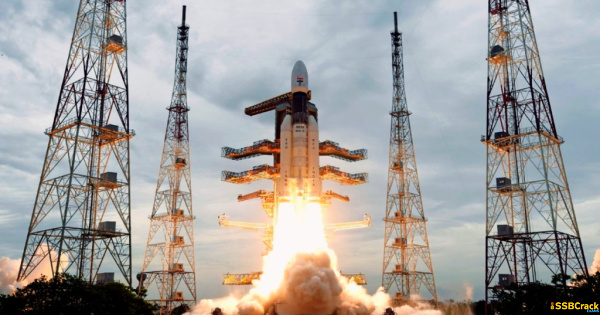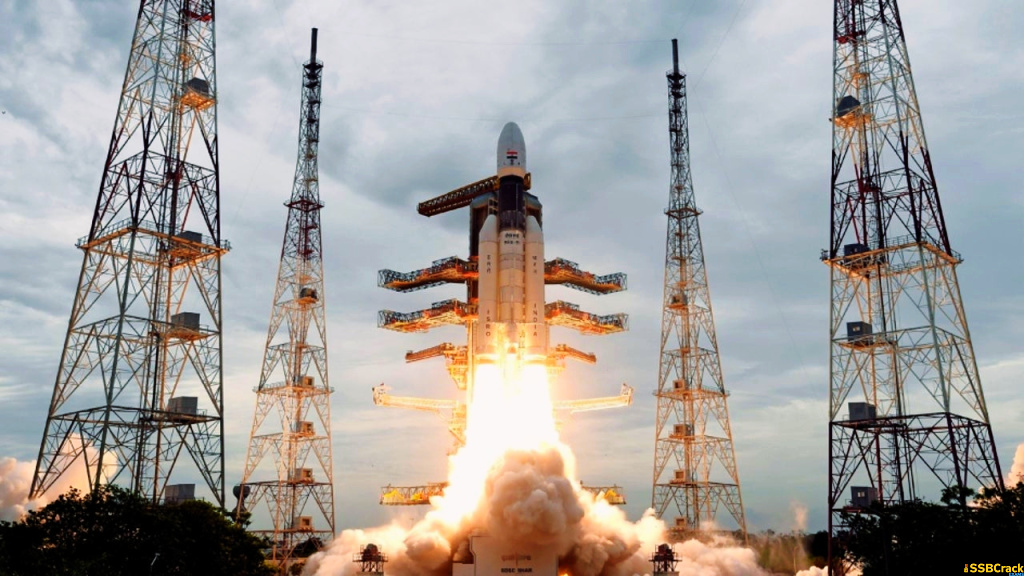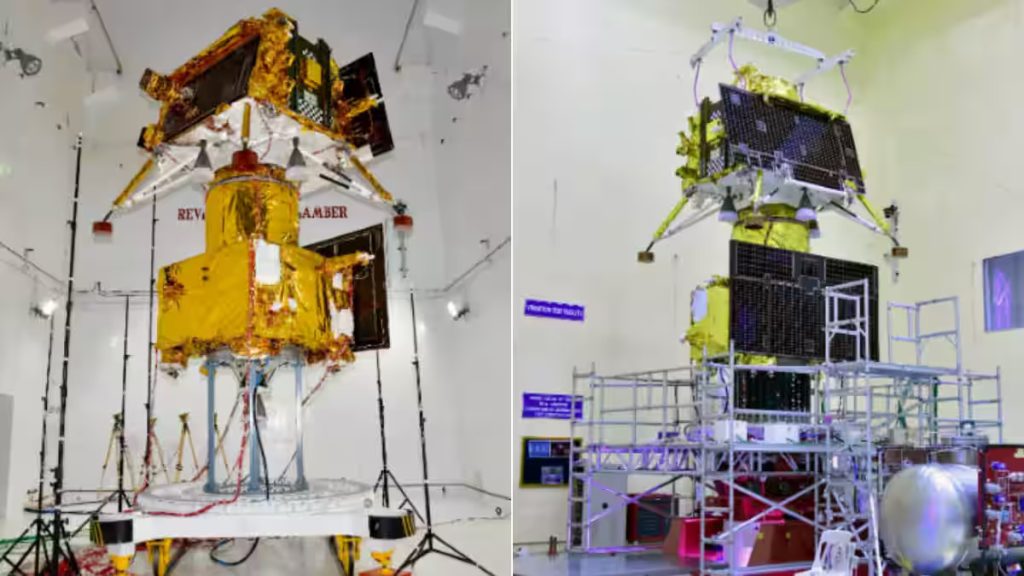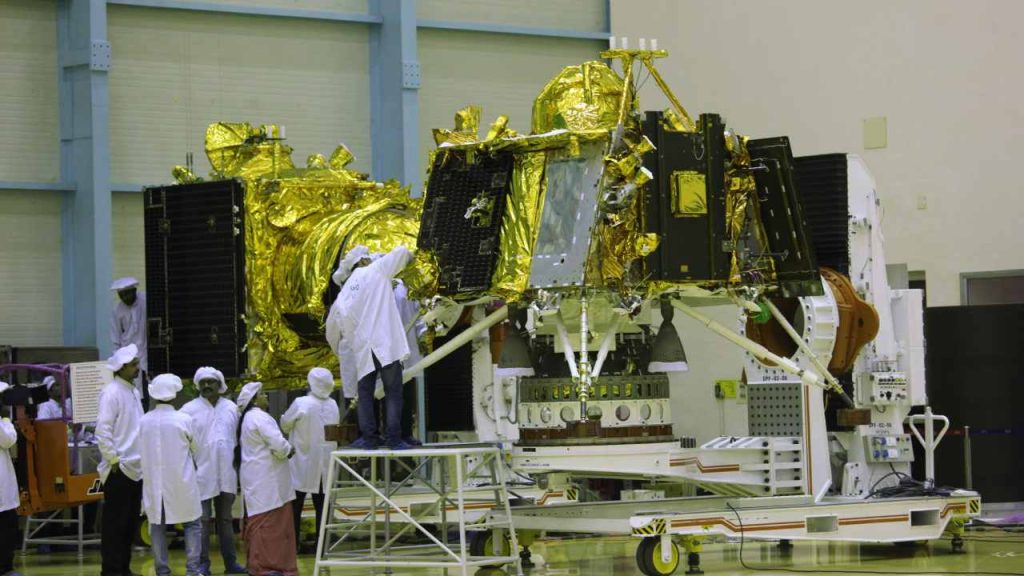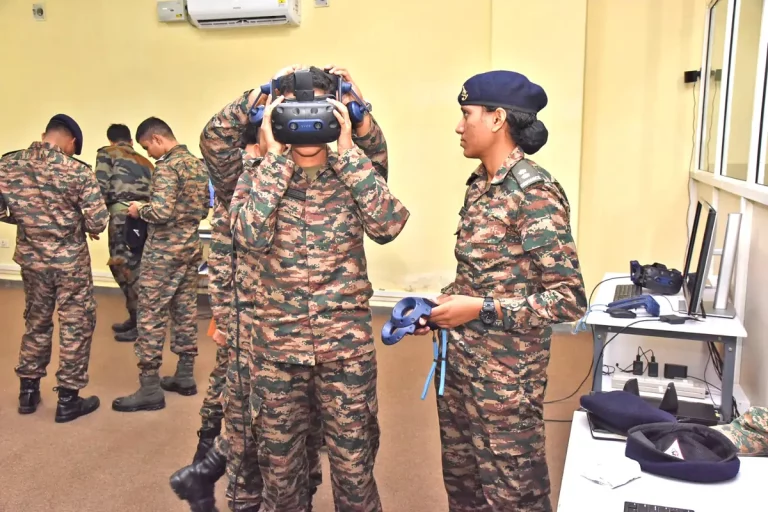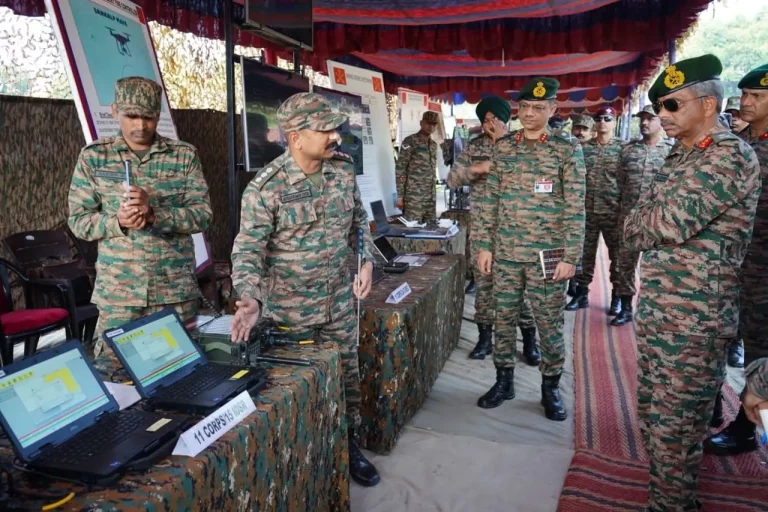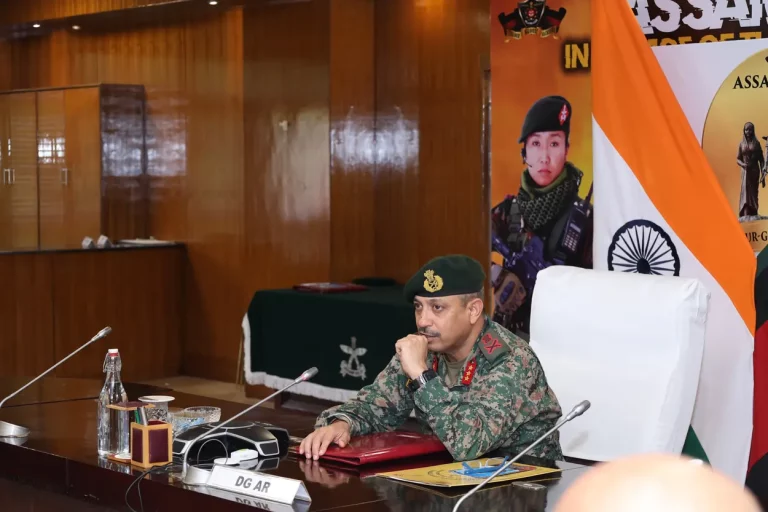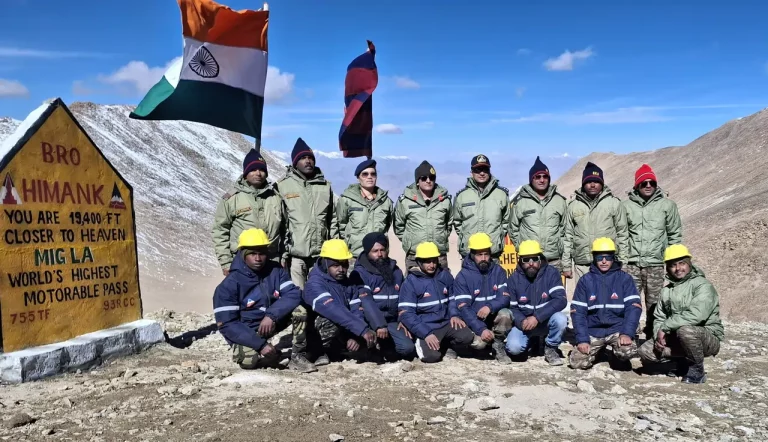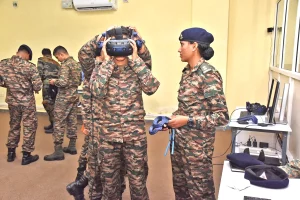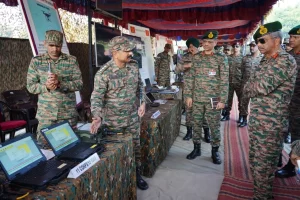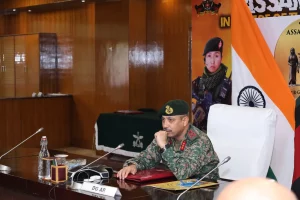India and ISRO are expected to launch the long-awaited Chandrayaan-3 mission in the first or second week of July. India’s Ambitious Indian Research and Space Organisation (ISRO) awaited mission Chandryaan-3 is in the final stages of deployment and is currently in the final assembly of the payloads at the UR Rao Satellite Centre.
Chandrayaan-3 and its Objective
The main objective of Chandrayaan-3 is to carry out the study of physical-thermo properties of the lunar regolith, lunar seismicity, lunar surface plasma environment and elemental composition near the landing site. The spacecraft will be launched in the first week or in the second week of July. Chandrayaan-3 successfully completed the necessary tests that validated it to withstand the atmospheric conditions and harsh vibrations and acoustic environment that the spacecraft would face during its launch. The third spacecraft in the Chandrayaan programme will launch from the Satish Dhawan Space Centre in Sriharikota using India’s heaviest launch vehicle, the Launch Vehicle Mark-III, also known as the GSLV MK-III. The spacecraft is made up of three different systems: propulsion, lander, and rover.
Chandrayaan-3 is a follow-up mission to Chandrayaan-2 that will demonstrate end-to-end capability in safe landing and wandering on the lunar surface using a lander-rover configuration. The primary goal of Chandrayaan-3 will be a precise landing.” “A lot of work is being done for that, including building new instruments, better algorithms, and taking care of failure modes,” ISRO chairman S Somnath recently stated.
ISRO has completed the flight acceptance hot test of the CE-20 cryogenic engine, which will power the cryogenic upper stage of the Chandrayaan-3 launch vehicle. The hot test lasted 25 seconds and was conducted at the ISRO Propulsion Complex’s High Altitude Test Facility in Mahendragiri, Tamil Nadu. The Chandrayaan-3 lander also passed an EMI/EMC test at the U R Rao Satellite Centre. The Magnetic Interference/ Electro – Magnetic Compatibility test is performed for satellite missions to guarantee that satellite components function properly in orbit and are compatible with the projected electromagnetic levels.
To crack the SSB Interview and join the Indian Army as an Officer, You can join our SSB interview live classes batch and we recommend you to Enroll SSB INTERVIEW ONLINE COURSE. Trusted by thousands of defence aspirants.
Also read:
